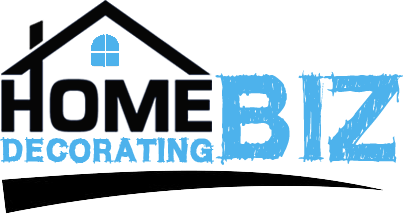
Mold is a typical household dilemma of a lot of property owners. Sometimes they’re unavoidable especially if you are living in regions where the climate is usually damper than other areas in the country, or if you are living near large bodies of water where there are absolutely high levels of condensation. Nevertheless, most of the common house molds that we encounter are relatively harmless, however, this doesn’t mean that we can be complacent about it as there are apparently other species of mold that can cause mild to severe allergic reactions to humans.
Dangers of Mold Exposure
For instance, “black mold” is a known type of fungus that is hazardous to people’s health. Nonetheless, black mold does not signify just one kind of mold. “Black mold” is a collective term for fungi that has a black and slimy appearance that releases toxic substances that can cause various allergic reactions and respiratory conditions. But if you are a regular person with a healthy immune system, you probably might not even notice the presence of mold in your home or workplace. It probably wouldn’t even bother you that much except probably for the stinky and musty odor coming off from the contaminated area. However, for infants, children, individuals with an existing health condition, and the elderly, they are the groups of people that are at high risk of mold poisoning because they have a weakened immune system so it is basically easier for them to catch diseases.
As a matter of fact, the National Center for Biotechnology Information concluded in a study that childhood asthma is strongly linked to patients’ exposure to three types of mold during their infancy. What is more alarming is that the molds identified in the study can usually be found in areas where there has been issues of water penetration.
Mild Symptoms of Mold Exposure
Nonetheless, fungi can still trigger mild allergic reactions to normally healthy people that can last for long periods of time. This can occur especially if the contamination in your home has already grown to a significant size. Some symptoms of mold exposure are:
- Fever
- Sinusitis
- Sneezing
- Wheezing
- Runny nose
- Coughing
- Difficulty breathing or Shortness of breath
- Inflammation in the eyes, nose, or throat
- Skin allergies
Severe Complications
While most people would only have allergic reactions to mold, others who are already struggling with an impaired immune system or has a natural allergy to fungi, might suffer from more adverse effects that could even possibly lead to potential life-threatening situations. Some serious cases caused by exposure to toxic mold includes:
- Mold-induced asthma
- Chronic Obstructive Pulmonary Disorder
- Cystic Fibrosis
- Allergic Fungal Sinusitis
- Hypersensitivity Pneumonitis
Prevention
The effects of mold on the human body varies from person to person and the species of mold present as well as the extent of the contamination in your home. However, it is still best to ensure the safety and security of your family against mold-induced diseases particularly if you have infants, children, and elders living in your household. If you are suspecting that there is a possible serious case of mold infestation in your home, we highly suggest that you immediately ask for a professional help. Mold test Lynchburg offers affordable and accurate inspection, testing, and mold remediation services.
Otherwise, some of the tips that we can share with you to safeguard your home from mold are:
- Conduct regular house inspections yourself, checking for likely sources of moisture such as roof and pipe leaks, groundwater seepage, and clogged water drainage. Place special attention on checking your basement, attic, and crawlspace are these are the most susceptible places for mold growth.
- Make sure that your rain gutters and your water drainage are clean and free from any vegetation or blockage to avoid standing water.
- Install a dehumidifier and make sure to maintain the indoor relative humidity to below 50%.
- Use an air conditioner with a high-efficiency particulate air (HEPA) filtration.
- Clean and vacuum your home on a regular basis.
- Ensure proper ventilation by opening doors and windows once in a while so that the air in your home can circulate properly.
- Avoid drying your clothes indoors as this will only increase the moisture content inside your home.
- You can opt to encapsulate your basement and your crawlspace to regulate the airflow and the moisture inside the area.




